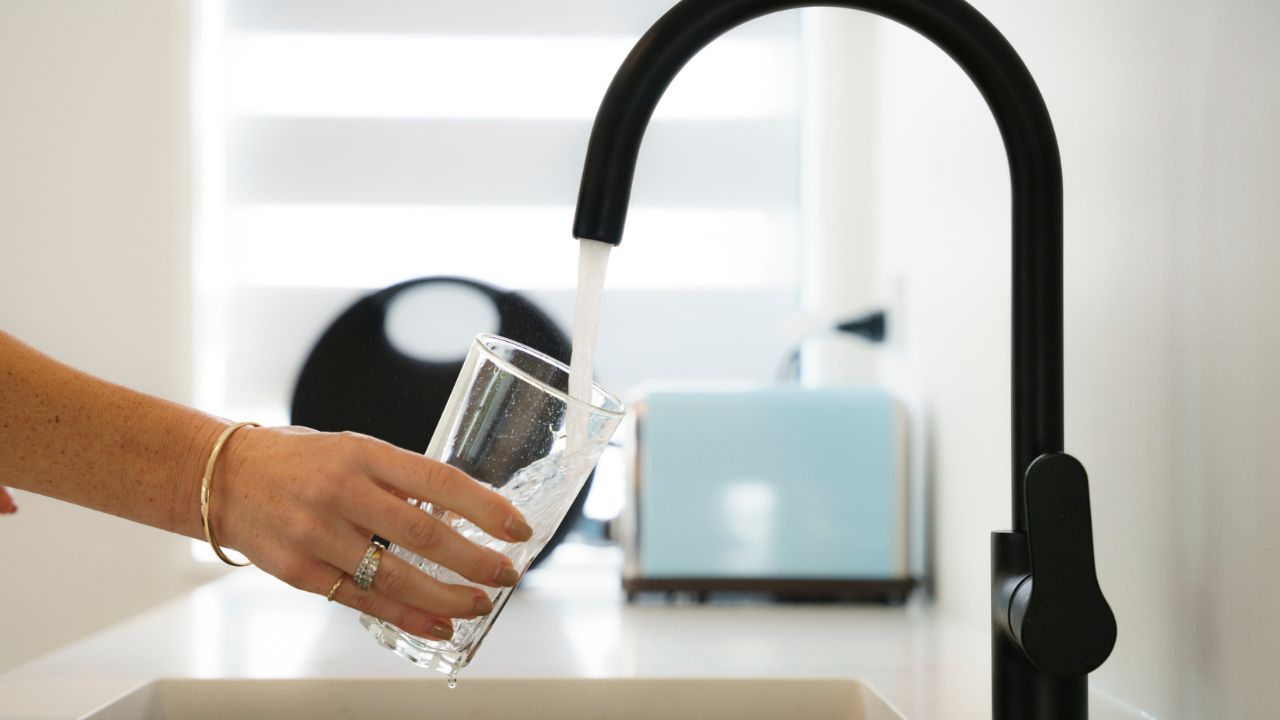Water is essential for life, but not all water is safe to drink straight from the tap or a natural source. Contaminants such as bacteria, viruses, heavy metals, chlorine, pesticides, and sediment can be present in water, affecting its taste, smell, and safety. Water filters play a crucial role in removing these contaminants, making water cleaner and healthier for consumption. But how do water filters work? This article will explore the principles behind water filtration, the different types of water filters, and the benefits of using them.
The Basics of Water Filtration
Water filtration is the process of removing impurities and unwanted substances from water to make it safe and pleasant to drink. This is done by passing water through a filter medium, which traps or neutralises contaminants. The effectiveness of a filter depends on its design, the materials used, and the type of contaminants it targets.
Types of Water Contaminants
Before diving into how water filters work, it’s important to understand the different types of contaminants they remove:
- Physical Contaminants: These include dirt, rust, and sediment that can be seen floating in water.
- Chemical Contaminants: These include chlorine, fluoride, heavy metals (like lead and mercury), and pesticides.
- Biological Contaminants: These include bacteria, viruses, and parasites that can cause illness.
- Radiological Contaminants: These are radioactive substances such as radon, uranium, and cesium.
Common Water Filtration Methods
There are several different methods used in water filtration. Each works in a unique way to remove specific contaminants. Here are the most common types:
1. Mechanical Filtration
Mechanical filtration is the simplest type of water filtration, primarily designed to remove physical contaminants like dirt and sediment. It works by forcing water through a physical barrier, such as a mesh or a fiber-based cartridge, which traps larger particles while allowing clean water to pass through.
Filters are usually rated in microns (µm), indicating the size of particles they can remove. For example:
- A 5-micron filter removes most visible particles.
- A 1-micron filter removes finer particles, such as some bacteria.
- A 0.5-micron filter can remove even smaller contaminants, including some cysts and parasites.
2. Activated Carbon Filtration
Activated carbon filters are one of the most popular types of water filters. They use porous carbon material to absorb and neutralise impurities. Carbon has a large surface area with millions of tiny pores that attract and trap contaminants through a process called adsorption (not absorption).
Activated carbon filters are effective at removing:
- Chlorine (which improves taste and odor)
- Volatile organic compounds (VOCs)
- Certain heavy metals
- Some pesticides and herbicides
However, they are not as effective against dissolved salts, minerals, or microbial contaminants unless combined with other filtration methods.
3. Reverse Osmosis (RO) Filtration
Reverse osmosis is one of the most advanced and effective filtration methods. It uses a semipermeable membrane to remove a wide range of contaminants by forcing water through tiny pores that only allow pure water molecules to pass through.
RO filtration removes:
- Heavy metals (lead, arsenic, mercury)
- Fluoride
- Nitrates and sulfates
- Microorganisms (bacteria, viruses, parasites)
- Most dissolved solids
Since RO systems remove beneficial minerals as well, many units include a remineralization stage to add essential minerals back into the water.
4. Ultraviolet (UV) Purification
UV purification is a non-chemical method that uses ultraviolet light to kill bacteria, viruses, and other microorganisms in water. A UV lamp emits light that penetrates the cell walls of microorganisms, disrupting their DNA and rendering them harmless.
UV filtration is ideal for eliminating:
- Bacteria (E. coli, Salmonella)
- Viruses
- Parasites (Giardia, Cryptosporidium)
However, it does not remove chemical or physical contaminants, so it is often used alongside other filtration methods like activated carbon or reverse osmosis.
5. Ion Exchange Filtration
Ion exchange filters work by replacing unwanted ions (dissolved minerals) in water with more desirable ones. These filters contain resin beads charged with sodium or potassium ions, which swap places with calcium, magnesium, and other heavy metals.
Ion exchange filtration is mainly used for:
- Softening hard water (removing calcium and magnesium)
- Reducing heavy metals like lead
Since they add sodium to the water, they may not be suitable for people on low-sodium diets.
Benefits of Using a Water Filter
Using a water filter offers multiple benefits, including:
- Improved Taste and Odor: Filters remove chlorine, sulfur, and other chemicals that cause unpleasant tastes and smells.
- Healthier Drinking Water: Removing contaminants like lead, pesticides, and bacteria helps protect your health.
- Environmental Benefits: Using a filter reduces reliance on bottled water, cutting down plastic waste and pollution.
- Cost Savings: Investing in a filtration system is often more economical than buying bottled water over time.
- Extended Appliance Lifespan: Filters that remove sediment and scale buildup can help extend the life of household appliances like coffee makers and kettles.
Choosing the Right Water Filter
The best water filter for your needs depends on your water source and the specific contaminants you need to remove. Some key factors to consider include:
- Water Quality: Testing your tap water can help determine what contaminants need to be filtered out.
- Filtration Type: Choose a filter that targets the specific impurities present in your water.
- Maintenance Requirements: Some filters need frequent replacement, while others require minimal upkeep.
- Flow Rate: Consider how much filtered water you need daily and choose a system that meets your household’s demands.
Conclusion
Water filtration is an essential process for ensuring safe and clean drinking water. Whether through mechanical barriers, activated carbon, reverse osmosis, or ultraviolet purification, different filtration methods work in unique ways to remove contaminants and improve water quality. Understanding how water filters work can help you make an informed decision about the best filtration system for your home, ensuring access to clean, great-tasting water for you and your family.


